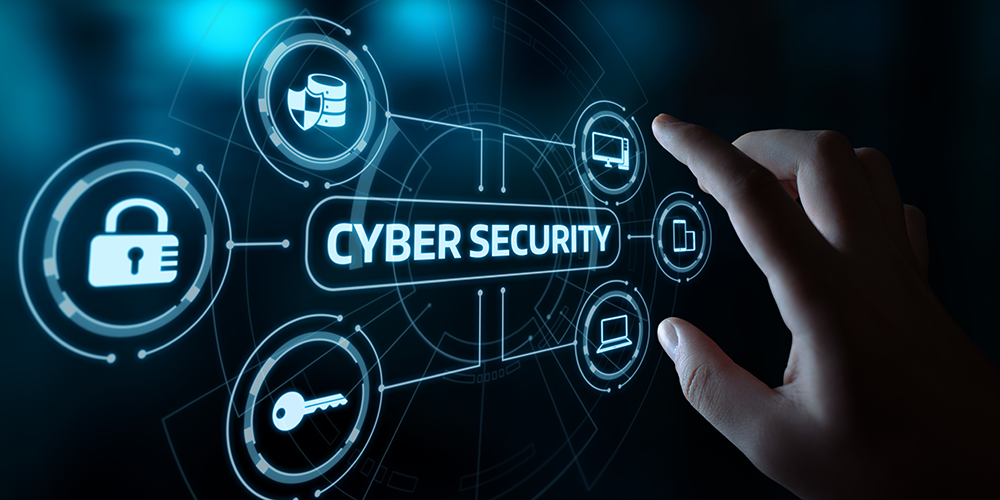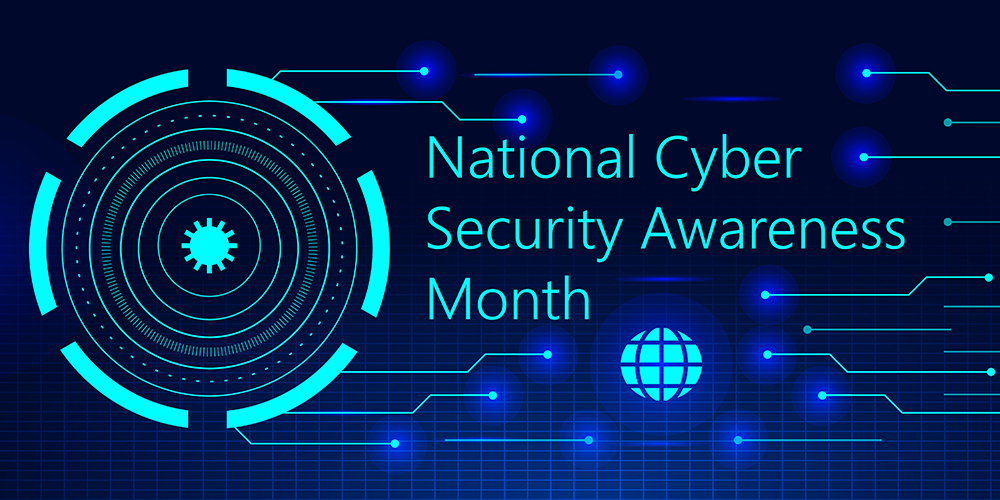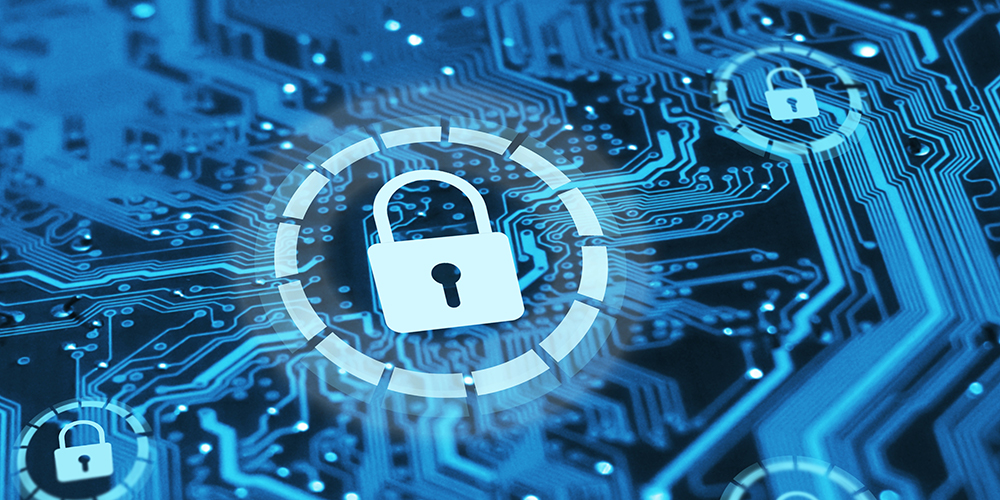
Nov 15, 2020 | SMB Technology, SMB Technology, SMB Technology, SMB Technology, Technology News
What a year it’s been! With the pandemic pushing rapid changes in how businesses operate (e.g., more remote workers), a company’s IT infrastructure and applications need to be nimble, responsive and secure in the face of increasing demand for digital transformation. Read on to learn more about trends associated with this shift. How the Pandemic Impacts Your Technology Investment Companies have been forced to move quickly this year. The ongoing pandemic has both required a shift to increasing digitalization, and shown the companies that have shifted that it’s possible to be resilient in a crisis. This event has shown the need for agility and responsiveness, and has helped companies refine approaches to doing business digitally. According to an IDC report, 65% of global GDP is expected to become digitized in the next few years, with $6.8 billion of IT spending allocated to the endeavor. The pandemic has not kept digital growth from happening, but rather has accelerated it. Many companies are expected to put in place a mechanism for shifting their infrastructure to the cloud by late next year. Edge computing, wherein the data is processed close to the people who need to use it, is driven by changes that the pandemic has brought, including a growing remote work force. Moving to the Cloud and digitizing operations will give businesses the security, responsiveness and agility they need to remain competitive. Resilient and Adaptable Technology is Key to Success Let’s face it, the pandemic has ushered us into a new world. Though there may be growing pains, not all changes are adverse. Companies that have adapted...

Nov 9, 2020 | SMB Technology, SMB Technology, SMB Technology, SMB Technology, Technology News
This extraordinary year, with its rapid shift toward remote work force, has brought about changes in the cybersecurity landscape. With the security perimeter widened by use of devices outside the office, businesses are using the cloud more than before. According to a recent CompTIA research report on the state of cybersecurity, 60% of respondents were taking a more formal approach to risk management and threat intelligence; however, there’s always room for growth. Read on to learn how 2020 events have changed approaches toward cybersecurity. Acceleration of Cloud Computing One trend in the report is the acceleration of the use of cloud computing. With so many employees working remotely, companies have, at the very least, sent their employees home to work and hurrying to secure day-to-day operations. With this increased use of cloud computing, keeping an eye on the threat landscape is still vital. Cyber attacks have increased, including “phishing,” and are now considered inevitable. The question is how companies will respond. Cybersecurity the Responsibility of the Entire Organization Cybersecurity is no longer merely the responsibility of the IT department. From the newest employee to the board of directors, everyone has a responsibility to help protect data and systems. The executives and board can map out the plan for cybersecurity, beginning with assessing current risks to data and systems. Every employee can be trained in how to handle cyber attacks, and how to prevent them from occurring. Upper management can set the tone, creating a culture of cybersecurity. Formalization of Cybersecurity Practices Along with the increased momentum of cybersecurity adoption, the approach is becoming formalized....

Oct 14, 2020 | SMB Technology, SMB Technology, SMB Technology, SMB Technology, Technology News
October brings to mind cool days and crisp leaves. Another hallmark of this month is cybersecurity awareness. Government and industry have collaborated to “raise awareness about the importance of cybersecurity and to ensure all businesses have the resources to be safer and more secure online.” Read on to learn how to make your business more aware of and proactive in protecting its network, data and systems from cyberattack. Take Stock of Your Network’s Health Cybersecurity awareness is always vital, not just at a particular time of year. One way to move beyond simple awareness is to take stock of your network’s health. A company’s network is only as strong as its weakest point. Do you have a map of your network, with all devices connected to it? Are there holes in your operating system where cyber criminals can get in and steal or compromise data? Do you have the most current operating system patches to prevent this? Also consider whether antivirus and antimalware definitions are current or if they need to be updated. Is your network being monitored? Remote monitoring helps you stay aware of the health of your network, and can solve small problems before they become big issues. Keeping an Eye on Cyber Threats Another aspect of cybersecurity awareness is knowing the threats to your network. From ransomware to phishing schemes, cyber criminals are keeping pace with the growth of technology, especially during these unusual times. Do your workers know what a phishing email looks like, and do they know what to do and not to do if they get one? Your workers...

Oct 5, 2020 | SMB Technology, SMB Technology, SMB Technology, SMB Technology, Technology News
Imagine an external cyber attack occurring in your business, or an employee getting exploited by a phishing email. Will you know what you’ll do in the event of a data breach, and are you prepared to act immediately? Read on to learn more about how planning your response to a cyber attack can help you respond quickly and calmly. What to Consider When Developing Your Cybersecurity Plan Your business may have a plan in place already to cope with the latest cyber threats–ideally, this is the case. Or else, you have a plan that needs to be revisited and updated, reflecting the changed work environment brought about by remote workers caused by the pandemic. This is a good time to take an inventory of your IT assets and network security. Starting with the basics, look to see if there are any vulnerabilities that need to be patched with the most up-to-date operating systems patches. Are your antivirus and anti-malware definitions current? Also, can you account for all devices connected to your network, such as laptops used by remote workers? Going beyond the basics your plan should include training your employees to remain safe while remote by knowing how to identify phishing schemes that could result in a ransomware attack. Additionally, evaluate advanced security risks related to compliance requirements, sensitive data or high cost of unplanned downtime. Planning Now Helps You Respond Quickly Later You’ve probably heard the saying, “Plan your work and work your plan.” This definitely applies to your plan for keeping your network secure. What if your company experiences a cyber attack that...

Sep 15, 2020 | SMB Technology, SMB Technology, SMB Technology, SMB Technology, Technology News
In our current situation, the ability to work anywhere is even more important. Whether at the office, on the go–or quite commonly these days, at home–unified communications (UC) supports the ability to communicate by voice or email and send information back and forth. Read on to learn more about how this technology can help your business always be available. According to a recent Gartner report, Unified Communications is expected to grow by $167.1 billion over the next five years, an average of 16.8% per year. This technology brings together various modes of communication–phone, text, web conferencing and email, providing a streamlined way to keep businesses connected. Employees working at home can collaborate via web conferencing, send data via email, and communicate with customers by phone. Voice Over IP (VoIP) supports this technology by providing phone connections via the Internet. Companies no longer have to rely solely on analog or private branch exchange (PBX) systems. Chat and email with customers and other employees is made easier. Applications like CRM can be integrated to expedite service, too. The Need for Software-Defined Wide Area Networks (SD-WAN) Unified Communications technology, enabled by the cloud, needs a fast and reliable network. Software-defined wide area networks (SD-WAN) uses multiple carrier service providers to furnish a wide area network with failover; if one part of the network experiences a bottleneck, another can pick up the traffic. Not only does SD-WAN provide a highly available network, but it can also save costs over legacy MPLS with added flexibility and a variety of carriers. Unified Communications can test the limits of your company’s network. With SD-WAN, your company’s...

Sep 8, 2020 | SMB Technology, SMB Technology, SMB Technology, SMB Technology, Technology News
Our unusual times have pushed businesses into adoption of cloud computing, the main reason being the increased demand for remote work along with the ability to maintain business operations. Gartner’s prediction for increase in cloud revenue in 2020 was 17%, from $227.8 billion to $266.4 billion, even before COVID 19. It’s possible that that revenue may increase even more. The “why” of moving to the cloud is easier to define for some than the “how.” Read on to learn more about the benefits of moving your line-of-business applications to the cloud. Benefits of Cloud Computing for Business Applications The question on the minds of many business owners is how to migrate critical business applications to the cloud. Some applications are cloud-ready (for fast migration) or cloud-optimized, running on Infrastructure as a Service (IaaS) or Platform as a Service (PaaS) delivery models. As with all options, these have their benefits and considerations. Another option is cloud-native or SaaS applications, wherein computing resources are available via the Internet. The cloud service provider provides the infrastructure, too, so there is no need for costly capital expenses. Instead, SaaS provides an economical, subscription-based delivery model for cloud services, services which provide a wide range of mission-critical applications–CRM, accounting, HR, email and more. These can be accessed both in office and–very important, now–away from the office for remote workers. Another benefit of SaaS is that customer-facing applications (online chat, for example) can be rapidly deployed. Considerations for Cloud Migration As ever, a business needs to consider its business needs before cloud migration. What are the mission-critical applications that need to...







